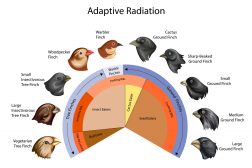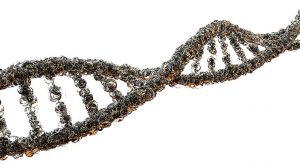Definition
noun
A group of insoluble pigments found in melanophores and produced from the oxidation of tyrosine, followed by polymerization, and accounts for the color of skin, feathers, hair, fur, eyes, scales, etc.
Supplement
Melanin is a term to refer to a group of pigments produced from the oxidation of tyrosine, followed by polymerization. It is the one responsible for the color of skin, feathers, hair, fur, eyes, scales, etc. It is also involved in cellular immune responses and wound healing in arthropods.
These pigments are found in the melanophores, particularly melanocytes. In humans, melanocytes are pigment cells that are found in the skin, the uveal layer of the eye, the inner ear, the meninges, the heart, and the bones. The melanin is a high molecular weight polymer of indole quinone. The colours may vary and may be used as a basis for classifying melanin. There are three basic types of melanin: (1) eumelanin, (2) pheomelanin, and (3) neuromelanin. The eumelanin is the most common type among the three. The eumelanin may be brown or black in colour. The pheomelanin is a pigment made up of benzothiazine units that is largely responsible for the red pigmentation whereas the neuromelanin is a dark pigment comprised of 5,6-dihydroxyindole monomers.
Word origin: Greek melas (“black, dark”)
See also:
Dictionary > Melanin



